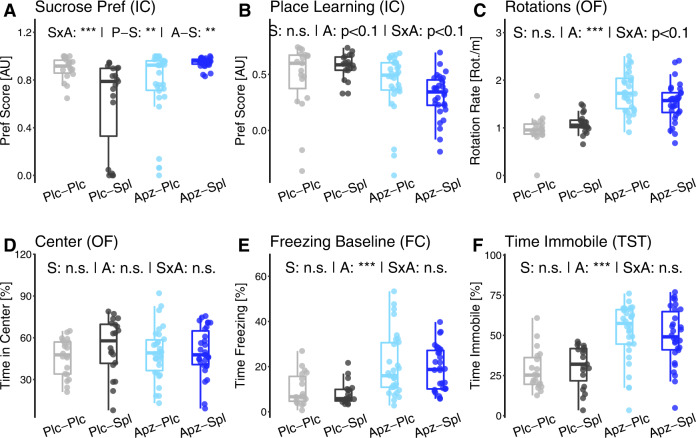Fig. 3. Aripiprazole treatment increases measures of negative valence in Tcf4SD mice.
All three variables associated with the positive valence domain. A Sucrose preference quantified in an IntelliCage task, measured as preference score from −1 (absolute avoidance) to 1 (exclusive preference). B The same preference score representing preference for the rewarded corner in a spatial positive reinforcement-learning paradigm in the IntelliCage (place learning). C Path choice quantified as rotation rate in the open field test was interpreted as nervous or hectic behavior. D Center time in the open field test and E baseline freezing behavior in the fear conditioning test were used as proxies of anxiety level. F Time immobile in the tail suspension test quantifying the absence of struggling behavior. Data are shown as box plots with whiskers extending to no more than 1.5-fold IQR; *p < 0.05, **p < 0.01, ***p < 0.001, n.s. not significant; p-values are FDR-adjusted and refer to Wilk’s lambda testing two-way ANOVA; n = 19/19/30/30; Plc placebo, Sp spironolactone treatment, Apz aripiprazole treatment, S spironolactone term, A aripiprazole term, SxA interaction term, P-S spironolactone effect in placebo-treated mice, A-S spironolactone effect in aripiprazole-treated mice.

